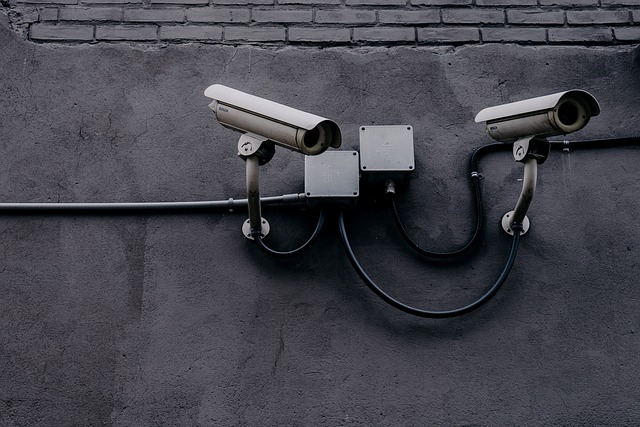The Role of AI in Controlling Robotic Systems
In the rapidly evolving landscape of modern business, the control of robotic systems stands out as a game-changer. The intersection of robotics and artificial intelligence (AI) has paved the way for unprecedented advancements in efficiency, accuracy, and productivity. This evolution is not merely a trend; it is revolutionizing the very foundation of how businesses operate.
Robotics: The Backbone of Automation
Robotic systems have become integral to many industries, streamlining processes that once took considerable time and manpower. From manufacturing to logistics, robots can handle repetitive tasks with ease and precision. However, the mere presence of robots is not enough; they require sophisticated control mechanisms to function optimally. This is where AI comes into play, enhancing the capabilities of robotic systems.
Artificial Intelligence: The Brain Behind the Machines
AI empowers robotic systems to learn and adapt to their environments. Traditional programming limits robots to pre-defined tasks, yet AI algorithms enable them to process information in real-time, making decisions on the fly. This capability is essential in dynamic business settings, where issues can arise unexpectedly, necessitating immediate responses.
For instance, consider a warehouse filled with autonomous robots responsible for picking and sorting products. With AI guiding their control, these robots can communicate with one another, optimize their paths, and even adjust their operations based on fluctuating demands. This level of sophistication significantly enhances productivity, allowing businesses to respond swiftly to customer needs.
Automation: Elevating Business Operations
As businesses pivot towards greater automation, the control of robotic systems becomes paramount. Implementing AI technology not only reduces labor costs but also minimizes the risk of human error. By leveraging AI to manage robotic systems, companies can ensure they operate at peak efficiency while allowing their human workforce to shift focus towards more strategic tasks.
The implications extend beyond mere operational benefits; they foster a culture of innovation. When employees are liberated from mundane tasks, they can devote their time and creativity to developing new solutions and enhancing customer experiences. This transformation catalyzes a forward-thinking approach to business, where every team member plays a vital role in driving success.
Challenges and Future Prospects
While the potential of AI in controlling robotic systems is immense, it does not come without challenges. As businesses adopt these technologies, they must also consider the ethical implications and the need for ongoing training to keep pace with advancements. Nevertheless, the opportunity to redefine productivity through AI is one that many organizations are eager to seize.
In summary, the fusion of robotics and artificial intelligence marks a crucial turning point for businesses. The capability to effectively control robotic systems enhances operational efficiency and allows for an adaptable workforce that thrives in an era of automation. Embracing this technological revolution is not just about keeping up; it’s about setting the stage for a brighter, more innovative future.




